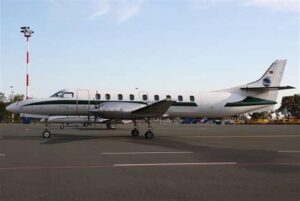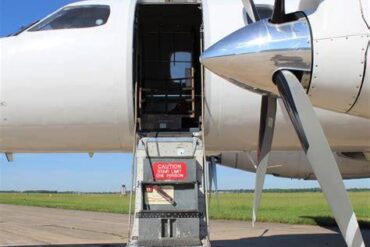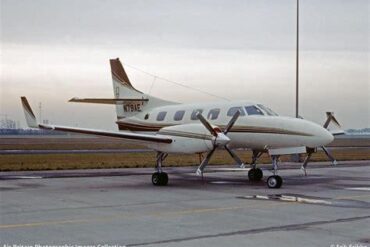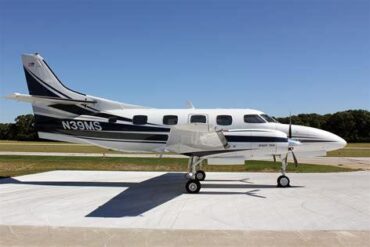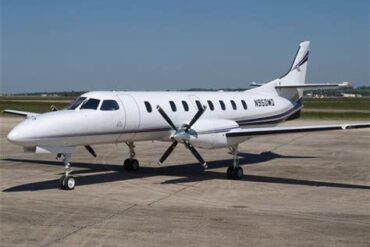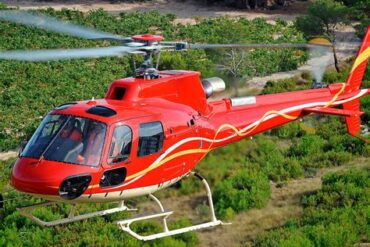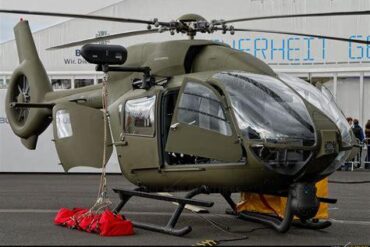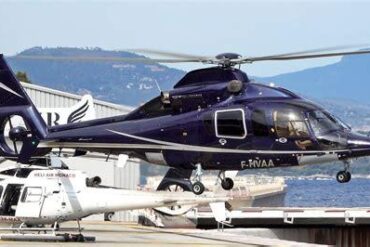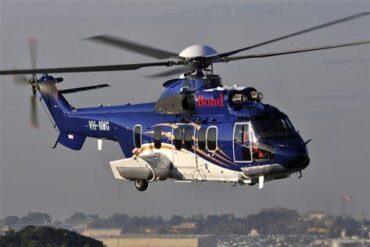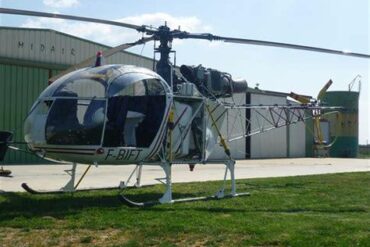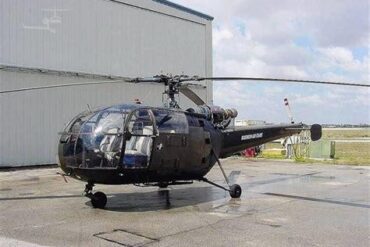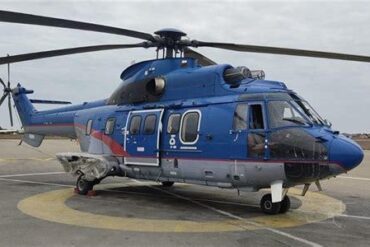The Fairchild Dornier Merlin, also known as the Metro 23, is a versatile twin-engine turboprop aircraft renowned for its efficiency and reliability in regional aviation. Designed primarily for short-haul routes, this aircraft has become a favorite among operators seeking cost-effective solutions for passenger and cargo transport. In this comprehensive article, we delve into the price of the Fairchild Dornier Merlin/Metro 23, as well as its operating costs, providing insights that are crucial for potential buyers and operators alike.
Overview of the Fairchild Dornier Merlin/Metro 23
Before discussing the financial aspects, it is essential to understand the aircraft’s specifications. The Merlin/Metro 23 boasts a maximum capacity of 19 passengers and can carry approximately 2,500 pounds of cargo. It is powered by Pratt & Whitney Canada PT6A-65B engines, which offer a remarkable balance of performance and fuel efficiency. The aircraft’s wingspan measures 65 feet, and it has a maximum takeoff weight of 21,000 pounds.
One of the key advantages of the Metro 23 is its ability to operate on shorter runways, making it ideal for accessing remote areas that may be underserved by larger jets. This flexibility has contributed significantly to its popularity within the aviation community.
Purchase Price of the Fairchild Dornier Merlin/Metro 23
When considering the purchase of a Fairchild Dornier Merlin/Metro 23, prospective buyers should expect to pay between $1.5 million and $3 million, depending on various factors such as age, condition, and installed avionics. Aircraft that have been well-maintained and equipped with advanced navigation systems will typically command higher prices.
Factors Influencing Purchase Price
-
Aircraft Condition: The overall condition of the aircraft is paramount. A well-preserved Metro 23 with low flight hours will attract a premium price compared to one that has been heavily used or poorly maintained.
-
Avionics Upgrades: Modern avionics significantly increase the aircraft’s value. Buyers should consider whether the aircraft is equipped with state-of-the-art navigation and communication systems, as these upgrades can enhance safety and operational efficiency.
-
Maintenance History: A detailed maintenance record indicating regular inspections and adherence to service schedules can positively influence the selling price. Sellers should be prepared to present comprehensive logs.
-
Market Demand: The general demand for regional aircraft can fluctuate based on economic conditions, airline operations, and competition from other aircraft models. Prospective buyers should keep an eye on market trends to time their purchase effectively.
Operating Costs of the Fairchild Dornier Merlin/Metro 23
Understanding the operating costs is crucial for any operator considering the Fairchild Dornier Merlin/Metro 23. These costs encompass several areas, including fuel, maintenance, crew salaries, insurance, and landing fees.
Fuel Costs
The fuel consumption of the Metro 23 averages about 800 pounds per hour, which translates to approximately 120 gallons of Jet A fuel. Given current fuel prices that can fluctuate, operators should budget around $400 to $600 per hour for fuel alone. This figure can vary based on flight distance, altitude, and load factors. Efficient flight planning and operational practices can help mitigate these expenses.
Maintenance Costs
Regular maintenance is critical for ensuring the longevity and reliability of the Fairchild Dornier Merlin/Metro 23. Operators can expect to incur annual maintenance costs ranging from $150,000 to $250,000. This includes scheduled inspections, unscheduled repairs, and parts replacements. Operators must also consider compliance with regulatory requirements, which can add to the total maintenance expenses.
Scheduled Maintenance
The Metro 23 requires periodic inspections, including A, B, C, and D checks. Each check varies in complexity and cost:
-
A Check: Typically performed every 500 flight hours, costing around $10,000.
-
B Check: Conducted every 1,000 flight hours, generally costing about $20,000.
-
C Check: This major inspection occurs every 5,000 flight hours and can range from $50,000 to $100,000.
-
D Check: A thorough overhaul performed every 10,000 flight hours, often exceeding $200,000.
Crew Salaries
Operating the Fairchild Dornier Merlin/Metro 23 requires at least two crew members, typically a pilot and a co-pilot. Depending on the region and experience level, salaries can range from $60,000 to $120,000 per year per crew member. Additionally, operators should factor in training costs, which can amount to several thousand dollars annually.
Insurance Costs
Insurance is another significant operating expense. Operators should anticipate paying between $20,000 and $40,000 annually for hull and liability insurance, depending on the coverage limits and the operator’s safety record. It is advisable to consult with an aviation insurance broker to obtain tailored quotes based on specific operational needs.
Landing Fees and Airport Charges
Landing fees can vary widely by airport and region, generally costing between $200 and $1,500 per landing. Larger airports or those with higher traffic volumes typically impose higher fees. Additionally, operators should consider parking fees, terminal use charges, and other airport-related expenses when budgeting for operations.
Cost-Benefit Analysis
When evaluating the Fairchild Dornier Merlin/Metro 23, it is vital to conduct a cost-benefit analysis. While the acquisition and operating costs may seem substantial, the aircraft’s operational efficiency can lead to significant savings in the long run. Its lower fuel consumption compared to larger jets and ability to access shorter runways can open up lucrative routes that are not feasible for other aircraft.
Revenue Generation Potential
Operators can capitalize on the Metro 23’s capabilities by offering charter services, cargo transport, or scheduled flights. Depending on the market demand, the potential revenue can range from $1,500 to $3,000 per flight hour, significantly offsetting operating costs. Moreover, with the rising trend of air travel in remote regions, the demand for such aircraft continues to grow, making it a sound investment.
Conclusion
In conclusion, the Fairchild Dornier Merlin/Metro 23 presents a compelling option for operators looking for a cost-effective aircraft solution for regional travel. While the initial purchase price and operating costs require careful consideration, the aircraft’s versatility and efficiency can lead to profitable operations. By understanding the financial implications and market dynamics, potential buyers can make informed decisions that align with their business objectives. As the aviation landscape evolves, the Metro 23 remains a steadfast choice for those seeking reliability and performance in regional aviation.
